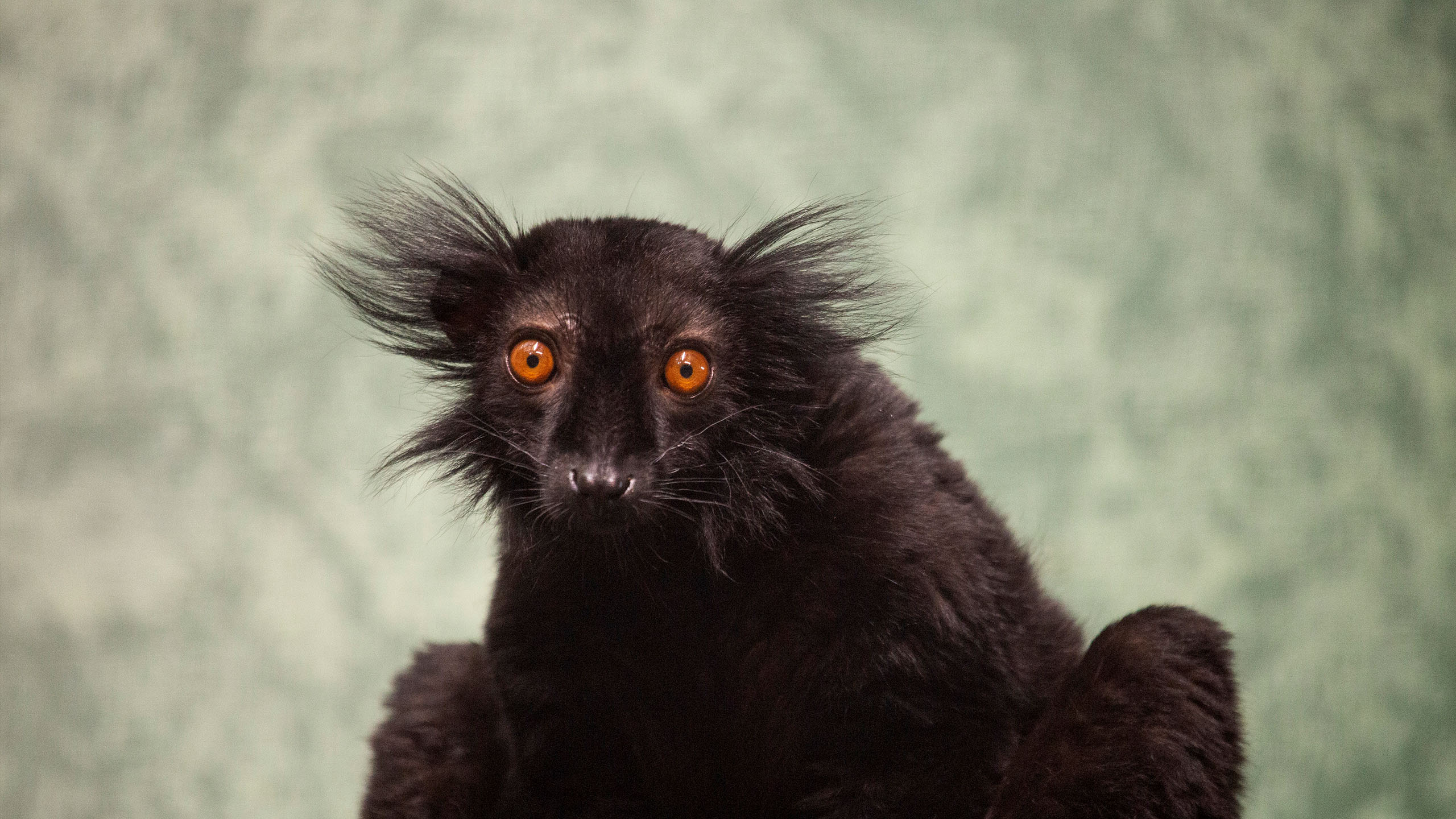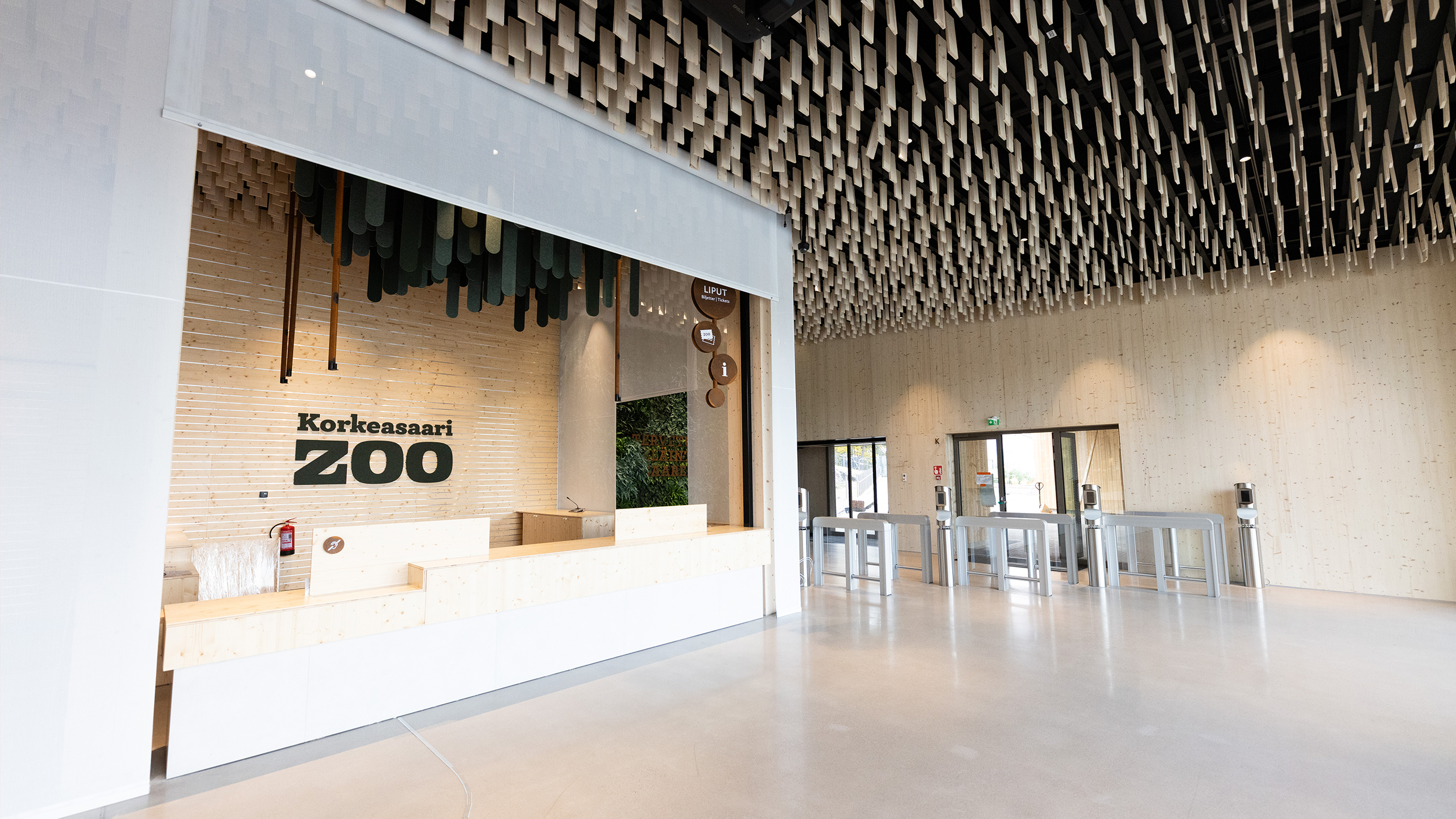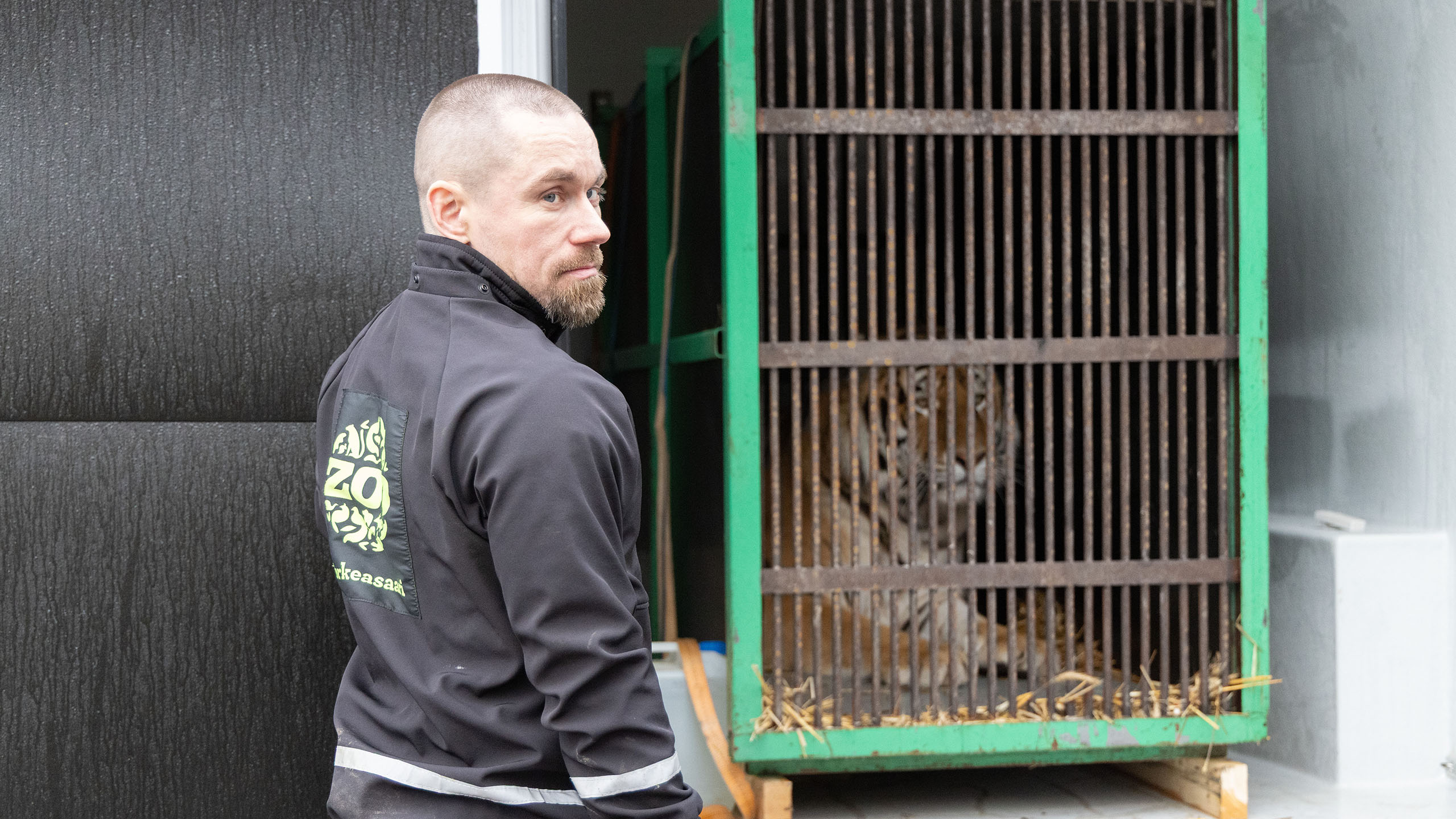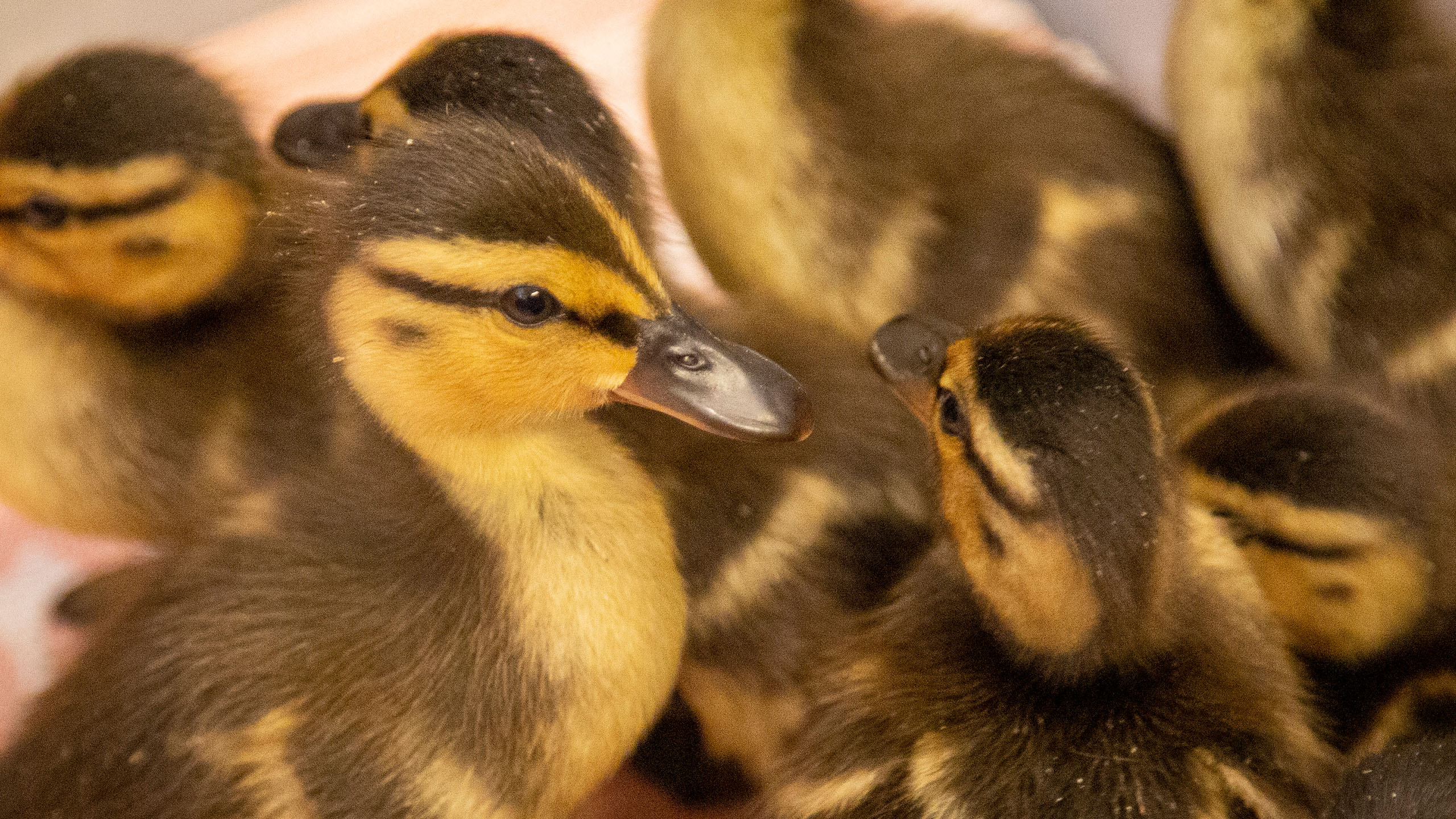Published 08.10.2025
Korkeasaari Zoo welcomes a new male Asiatic lion
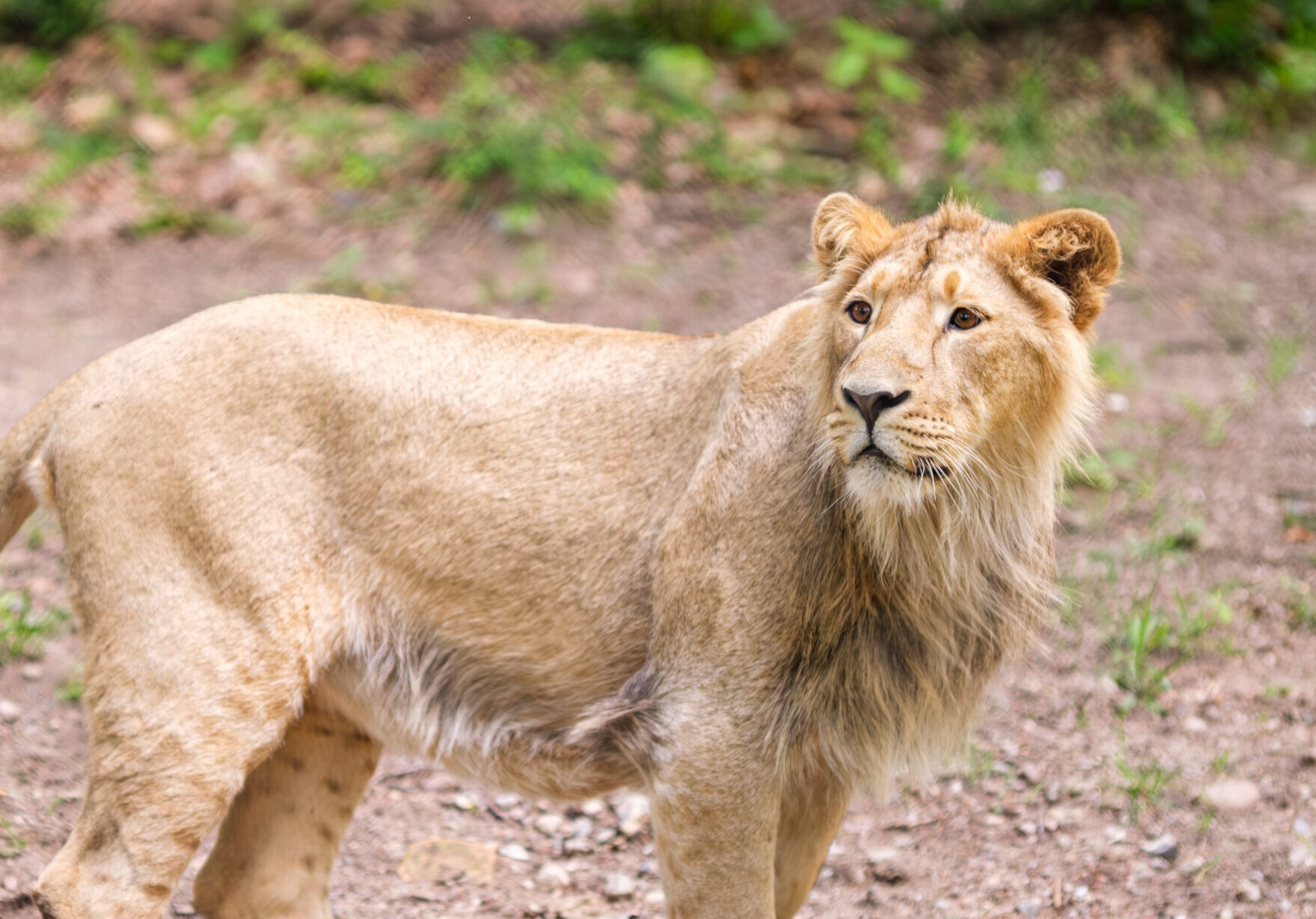
Kuva: Zoo Schwerin
A male Asiatic lion born in a German zoo moved to Korkeasaari Zoo over the weekend as part of a conservation program for the species. The critically endangered Asiatic lion exists in the wild only in one national park in India.
Last weekend, a young Asiatic lion moved to Korkeasaari from Schwerin Zoo in Germany. The two-year-old male, who is still growing his mane, is now getting to know his new home separately from the rest of the pride.
“The young male immediately began exploring his surroundings with curiosity. So far, he has preferred staying mostly indoors, but he has access outdoors and already has the opportunity to see our female lions living in the neighboring enclosure,” says zookeeper Jonne Stenroth.
Zoos participating in the conservation work of the endangered Asiatic lion requires global coordination and effort. The species coordinator, who oversees the breeding program, selects suitable mates for the lions in zoos and makes recommendations for transferring animals. Cubs are sorely hoped for within the whole species, as young individuals are needed to ensure generational continuity and maintaining the endangered species.
The lion pride in Helsinki had been without a male since January. The lions at Korkeasaari will now be introduced to each other gradually, initially through visual and olfactory contact across a fence. The introduction phase may cause restlessness among the lions. Of the three females in the pride, the youngest is eight and the oldest is fifteen years old. The goal is to also bring a young female to Korkeasaari in the coming years as part of the conservation program. There are currently 110 Asiatic lions living in European zoos.
Engangered Asiatic lion
In the wild, the Asiatic lion‘s range is limited to Gir National Park in northwestern India, an area roughly the size of the Helsinki metropolitan region. The population of about 900 lions living in this small area is at risk of extinction if a natural disaster, such as a flood or wildfire, were to occur. The gene pool of Asiatic lions is narrow, as the wild population once declined to as few as 20 individuals.
Asiatic lions were previously classified as a separate subspecies, but today researchers consider them part of the northern subspecies of lions. This group also included the now-extinct lion populations that once lived in Europe during antiquity. The Asiatic lion population has developed into a distinct group, which is why its future is being safeguarded in zoos through a dedicated conservation program.
